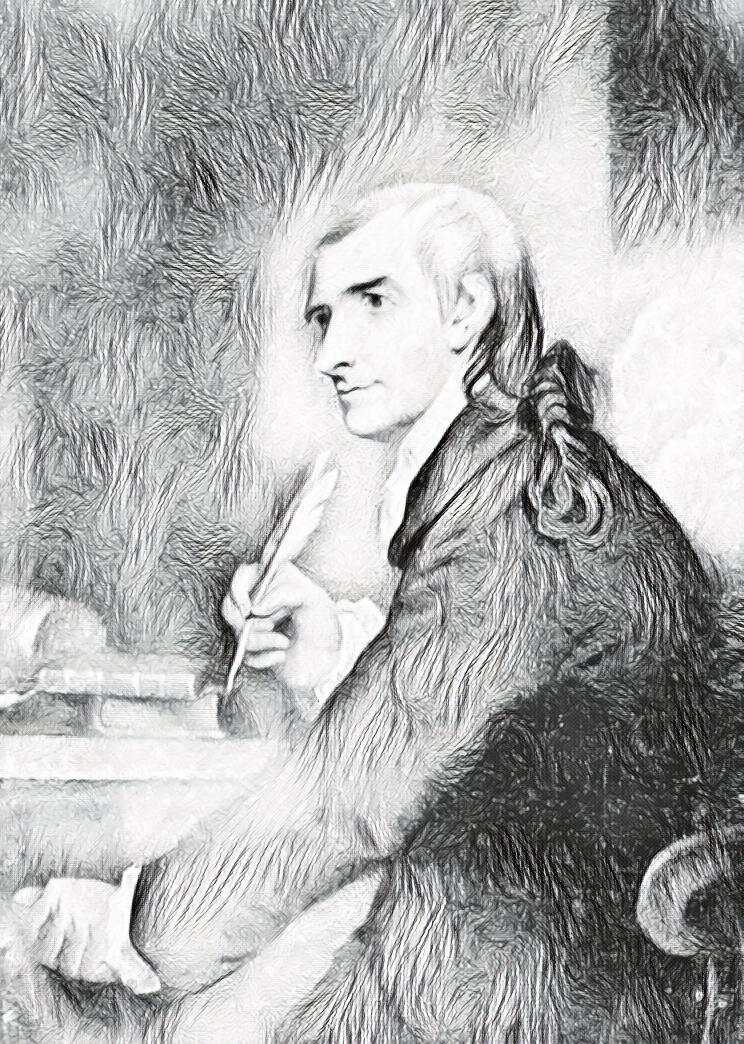Francis Hopkinson
When the United States of America was born on July 4, 1776, it did not have an official national flag. However, one of the many different standards then carried by Continental troops, known as the Grand Union, can be considered the first true U.S. Flag, in that it was sanctioned by General George Washington. It borrowed the British King's Colours for its upper left corner (the “canton"), with the body of the flag taken up by 13 red and white stripes that represented the Colonies. Washington first had the Grand Union raised on Prospect Hill in Somerville, Massachusetts, on New Year's Day in 1776, for the inauguration of the Continental Army.
That year, the Continental Navy began using two famous "DON'T TREAD ON ME" flags: the "Culpepper," with a rattlesnake stretched out across red and white stripes, and the "Gadsden."
As the War for Independence continued, the Grand Union's British canton was replaced by 13 white stars on a blue background. The story that Washington invented this design at the Philadelphia home of his friend, seamstress Elizabeth Griscom Ross, in June of 1776 is now considered fiction. Nonetheless, the "Betsy Ross" flag, with 13 stars enclosed in a circle, still carries her name.
The first U.S. flag, approved by Congress on the first Flag Day (June 14, 1777), had 13 stars in a double-cross pattern that alluded to the British flag. It was likely designed by a New Jersey Congressman, Francis Hopkinson, although Congress never granted him the "Quarter Cask of the Public Wine" that he requested for his service. In 1818, a Congressional Act decreed that one star was to be added for each new state, and they were to be arrayed in a series of rows. This eventually resulted in the 50-star flag that has been in use since Alaska and Hawaii joined the Union in 1959.


